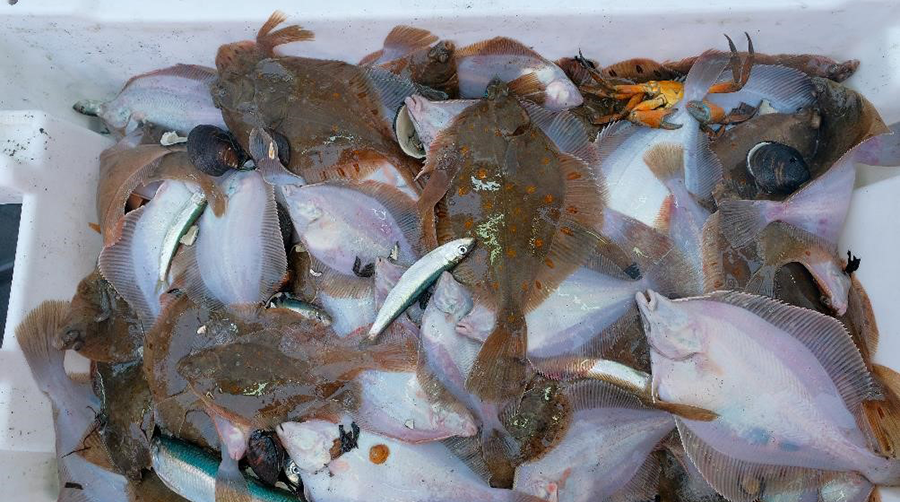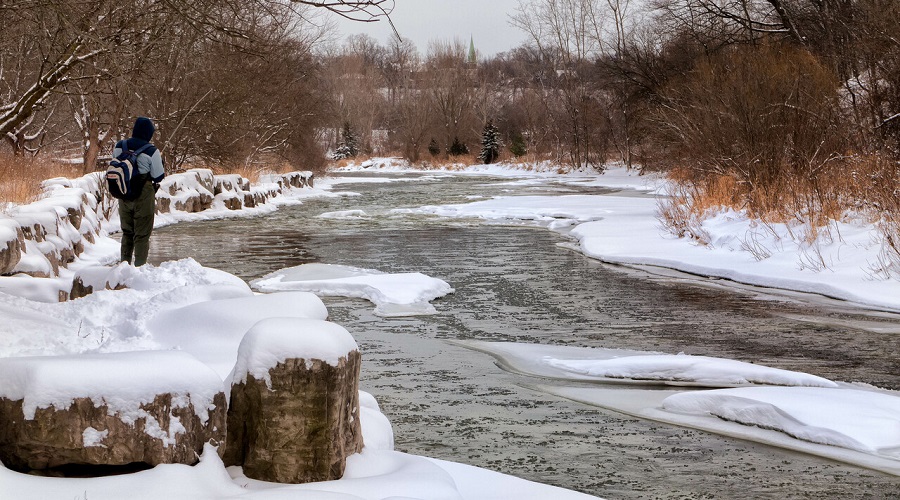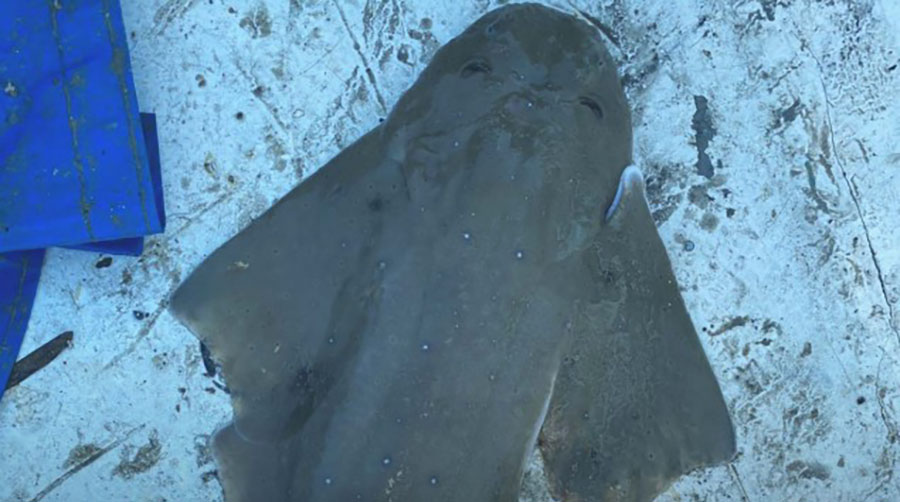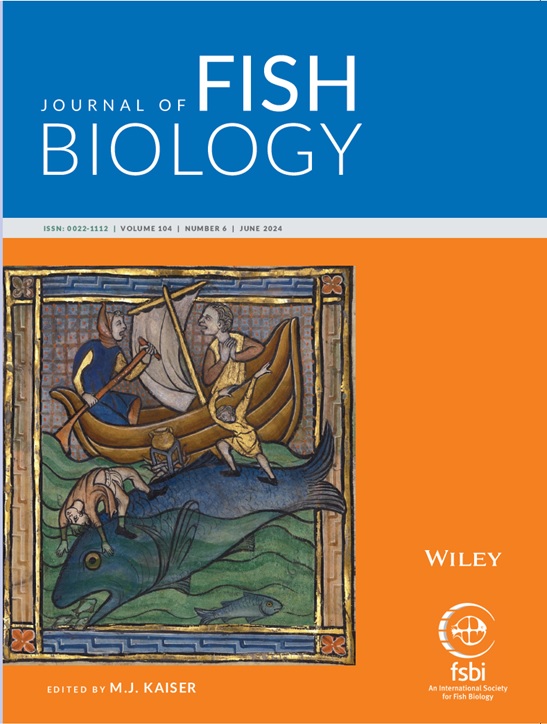The Sea Around Us – Indian Ocean at the University of Western Australia has just launched a Freshwater Hub — an initiative dedicated to investigating the sustainable management and conservation of freshwater resources in the Indo-Pacific region and beyond.
Category: Contact
Fisheries research overestimates fish stocks

After the collapse of herring and cod stocks in the western Baltic Sea, flatfish such as plaice, flounder, and dab now dominate the catch. However, they can’t replace the lost catch of cod and herring. Photo by Ilka Thomsen, GEOMAR.
As the abundance of global fish populations continues to deteriorate, top fisheries researchers are calling for simpler yet more accurate stock assessment models that avoid overly optimistic scientific advice, which ends up encouraging overfishing.
‘Crucial milestone’ – The Sea Around Us reconstructs freshwater fisheries catches

River fishing in Ontario, Canada. Photo from Pxhere.
The Sea Around Us has published the first product in a massive undertaking that started in 2022: reconstructing the world’s freshwater fisheries catches.
New study identifies potential protection areas for critically endangered sharks in Türkiye
Three potential Critical Angel Shark Areas or CASAs have been identified in the Eastern Mediterranean, specifically in Türkiye’s Fethiye Bay and Antalya Bay, which are part of the Turkish Riviera, and the Çanakkale or Dardanelles Strait, in the northwestern part of the country.
Paper on gigantism makes cover of Journal of Fish Biology
A recent paper authored by the Sea Around Us’ PI, Dr. Daniel Pauly, research assistant, Elaine Chu, and Dr. Johannes Müller from Leiden University, has made the cover of the June print issue of the Journal of Fish Biology, where it was introduced by a brief essay in the ‘Between the Covers’ section. The image that illustrates it is that of a large mythical sea creature known as an Aspidochelone, which appeared in a French bestiary around 1270 A.D.




